A typical GFCI/RCD cares about one thing - whether the line and neutral currents are equal and opposite. When equal, there's no leakage. When unequal, there's leakage somewhere (maybe to ground, maybe to another circuit, maybe to a damp windowsill, and maybe through a person), and the GFCI/RCD trips to protect life and property.
For your circuit, the answer depends on the details of the AC-DC converter, specifically whether its AC (line-neutral) side is isolated from the DC (+12VDC/ground) side. I'm going to assume that insulation throughout the system is good enough that current doesn't flow through any undrawn pathways.
If it's isolated in that manner, then the line and neutral currents via the GFCI will be balanced (loop 1 in the following figure):

Note that I assumed the AC-DC converter was isolated as well, with separate loops (2) and (3). If the AC-DC converter were not isolated, the two loops would be connected, with some current also flowing out of the HV DC-DC converter's ground back to the ground connection of the isolated AC-DC converter.
Note that the short circuit is immaterial - we could have any load, regardless of whether it's a short circuit, normal load, etc.
Most consumer AC-DC converters are isolated in this manner; the DC loop is separated from the AC loop (e.g. by an internal transformer).
The ground connection to the GFCI is also incorrect. The GFCI circuit doesn't actually use ground as part of its protection circuitry; only the current mismatch between line and neutral is of any importance.
On the other hand, if the AC-DC converter were somehow un-isolated1 and you inadvertently bonded earth ground with GND/chassis and neutral at the converter, the RCD could trip even without the HV DC load having a short-circuit fault:

While the actual current flow is more complex than the simplification drawn below, the outcome is the same as drawn - line and neutral currents are no longer equal (just like if a normal ground fault occurred), which causes the RCD to trip.
Of course, if the GND/chassis were floating relative to earth ground, the current marked by (3) would not flow. The only return path for line current is again through neutral. However, that chassis could now be hot, and a person touching it could get shocked, while creating the ground fault that the GFCI should trip for.
1 I'm not aware of specific examples of commercially available power supplies for this, but there are certainly ways to make such a topology in principle (e.g. capacitive dropper)


